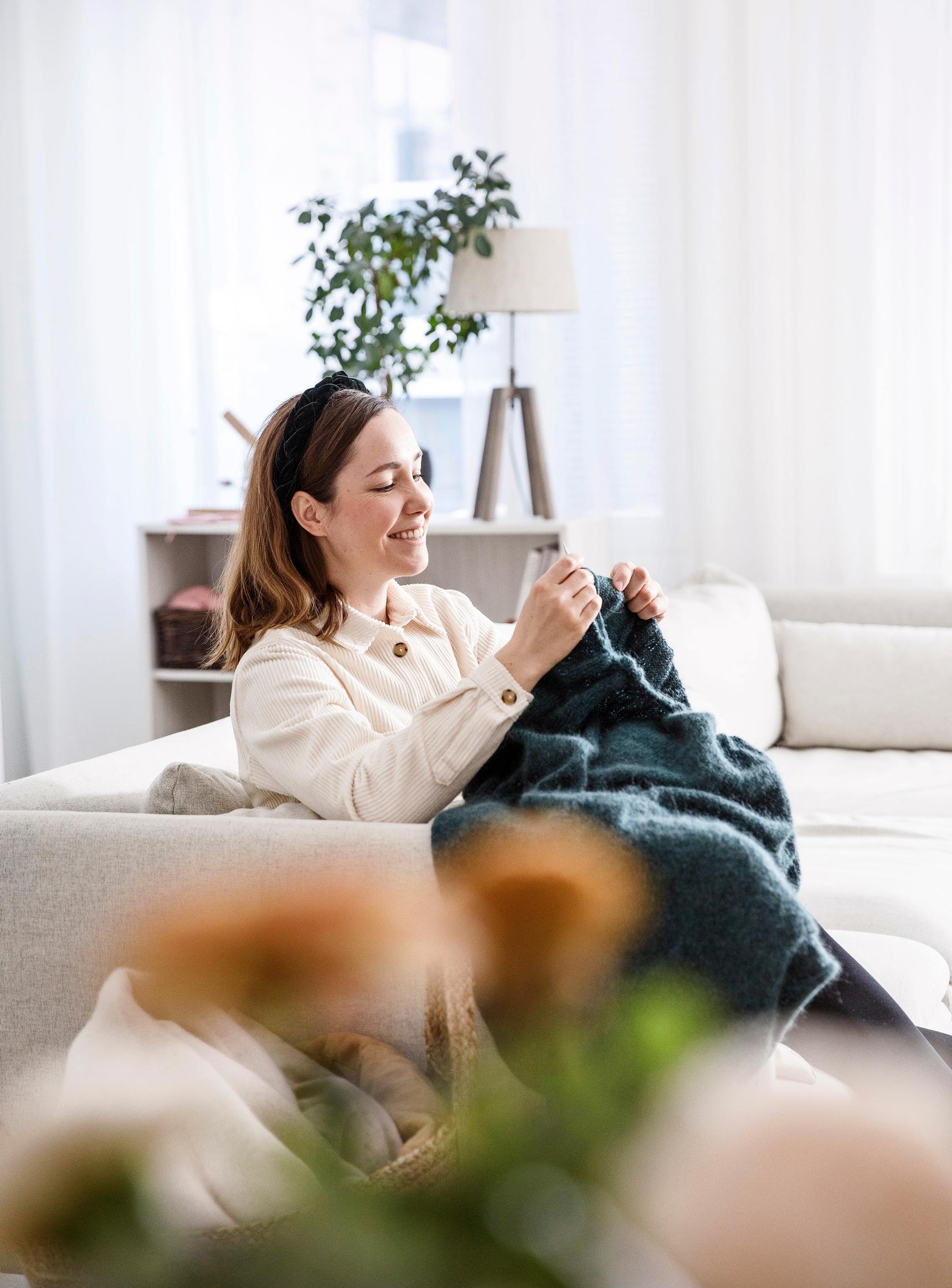
Why knitwear designer Anna Tanskanen unravels her work
For 35-year-old Anna Tanskanen aka Anjuknits, it’s most important that her knitwear is worn. The success of her striped sweater pattern inspired her to design more.
“As a knitter, one of the best decisions I’ve made involves unraveling. I had knitted an almost knee-length cardigan that didn’t suit my body type in the end. I was terribly upset because it had consumed a lot of yarn and taken a couple of months of work.
For a long time, the cardigan sat on the shelf until I decided to make something else with the yarn. Ultimately, unraveling it was a relief because it allowed me to get rid of a garment I couldn’t use. I found a wonderful pattern, and now I wear the new cardigan regularly.
Since then, I’ve found it easier to unravel my work than before. If I have any hesitation while knitting about whether the end result will be good, I sleep on it. If I’m still unsure after considering, it’s better to unravel and start a new project. Fortunately, most high-quality yarns can handle being unraveled.
It brings me joy to wear the knitwear I’ve made. I’m always wearing something handmade, and I haven’t bought sweaters or hats at a store in years.
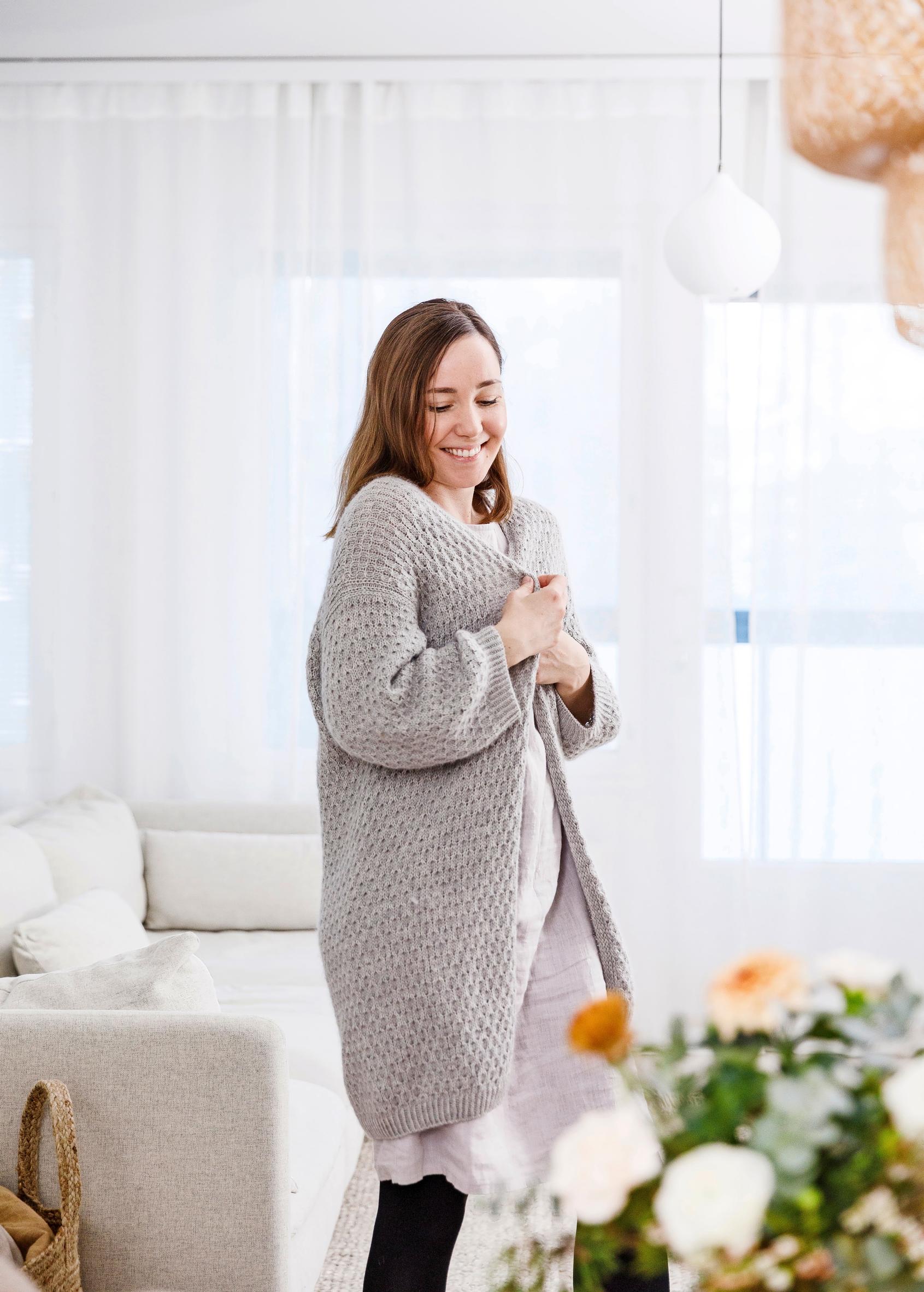

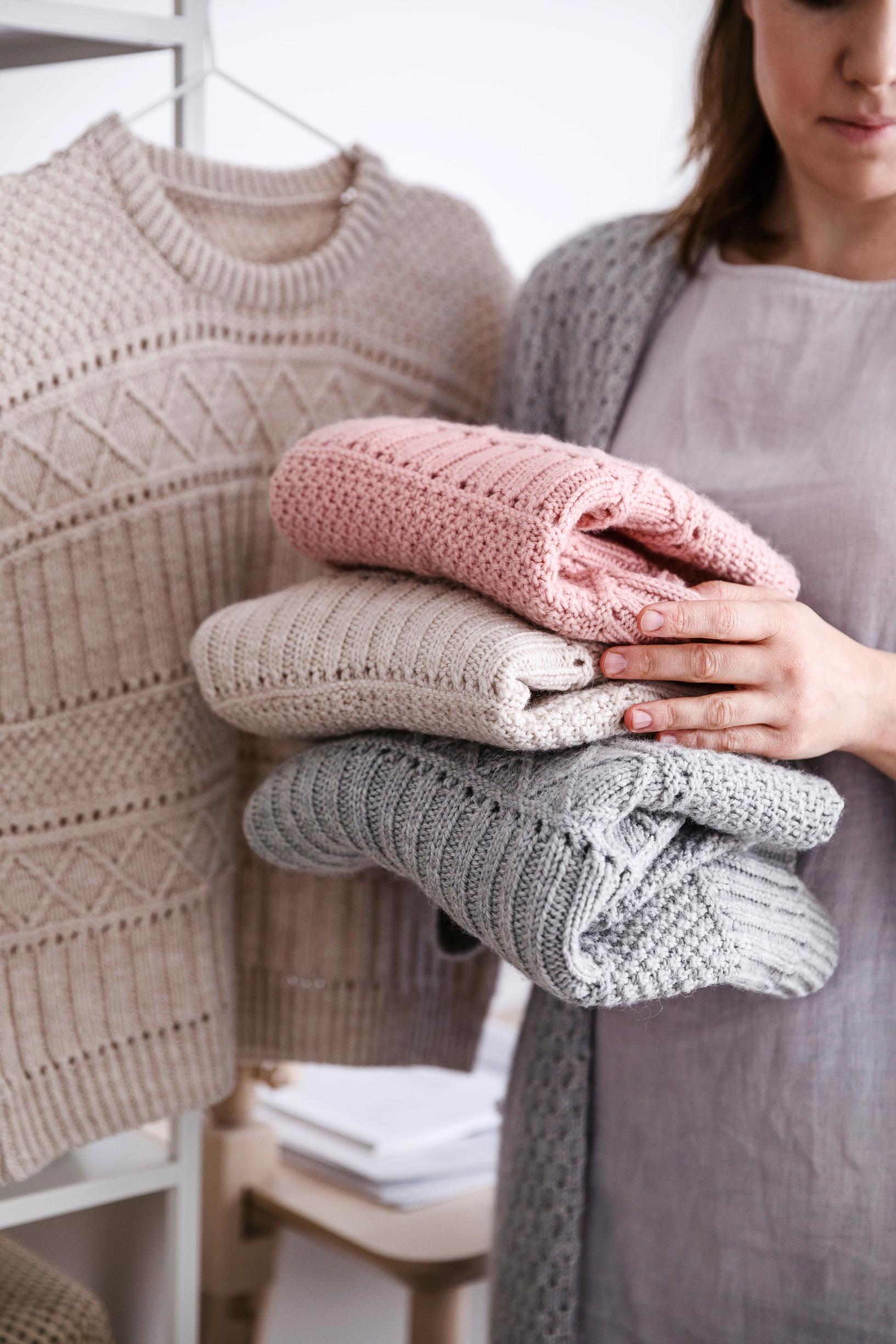
“When the morning starts off sluggishly, it feels so good to sink my fingers into mohair.”
Knitting is my own time when I can focus solely on the craft and myself. After a workday, it’s nice to knit a simple stitch that doesn’t require much concentration. At the same time, I might think about a summer vacation or design my next knitting pattern.
When I want to take my mind off everyday matters, I start working on a cable knit. It demands focus and effectively pulls me out of daily routines.
Knitting is like meditation. I relish how soft the yarn is or how well a pattern matches a specific yarn. When the morning starts off sluggishly, it feels so good to sink my fingers into soft cashmere or fluffy silk mohair.
I knit every day for anywhere from half an hour to a couple of hours. I have children aged 2, 8, and 11, and many people ask how I manage to knit so much as a working mom. Often, I knit in the evenings after the kids are asleep, or I might knit on my commute to work.
There have been times when my friends have invited me out for the evening, but I’ve chosen to stay home and spent time with my knitting instead.
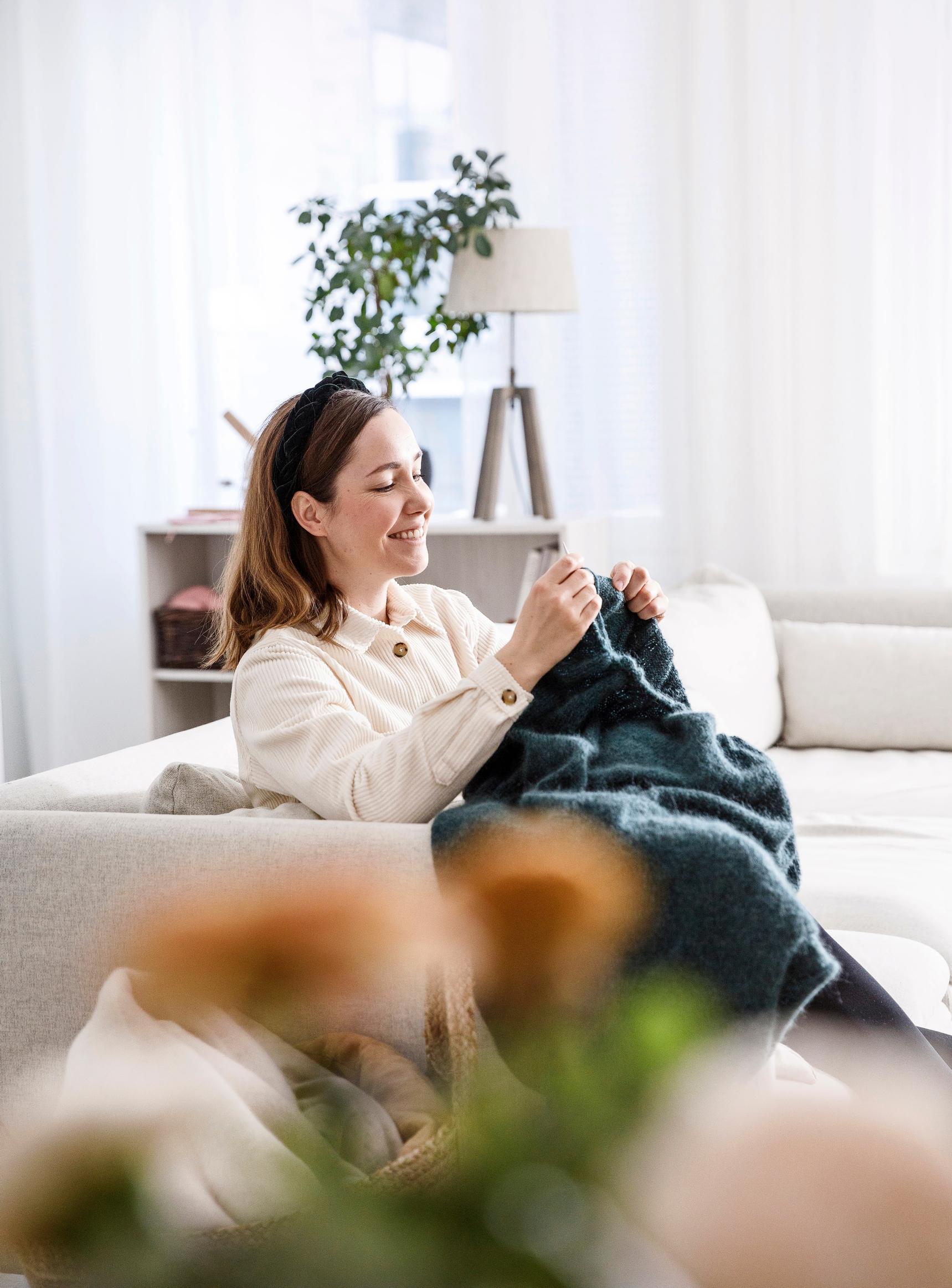
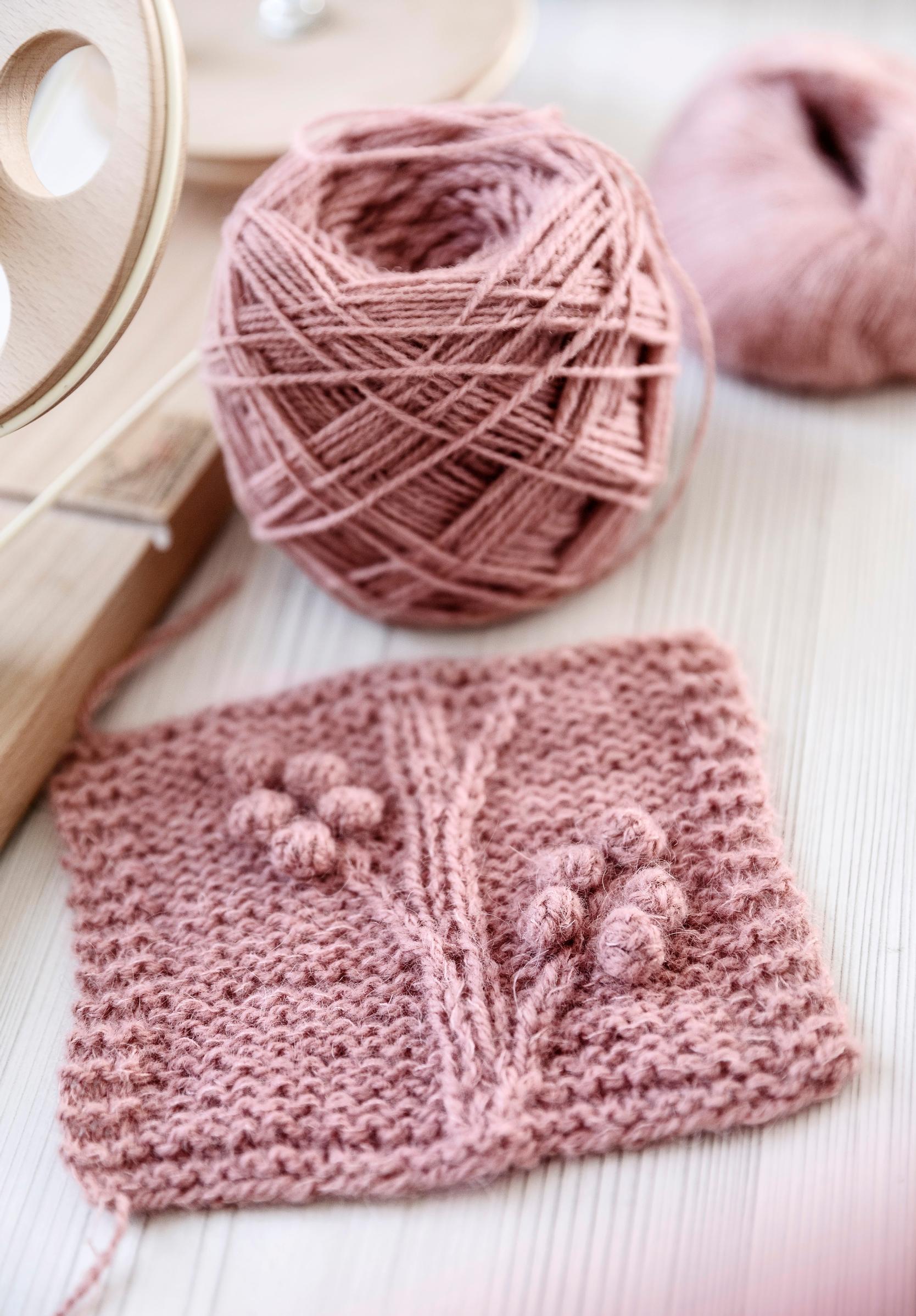
My grandmother taught me to knit before I even started school. I began by making scarves for my dolls. During my school years, I only did the mandatory projects in craft classes.
My passion ignited when I was on parental leave with my two oldest kids and was looking for something to do for myself. I started knitting socks and hats. Knitting allowed me to be present for the children as they played together. I began sharing my projects on Instagram and followed talented knitters from whom I learned a lot.
I also started test knitting, which involves proofreading and knitting someone else’s pattern and providing feedback. Through that, I learned to make sweaters. Still today, almost every test knit teaches me a new technique.
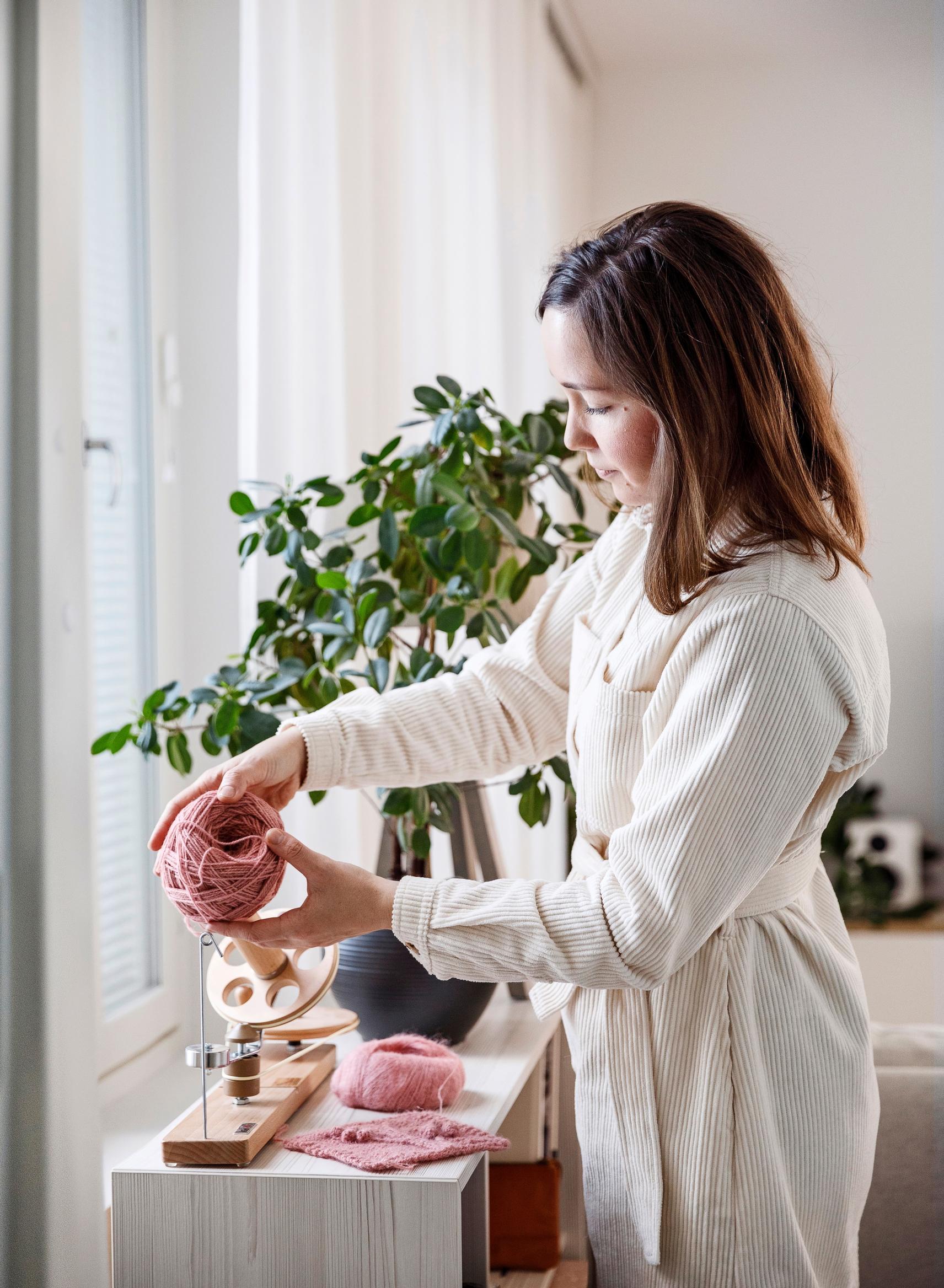
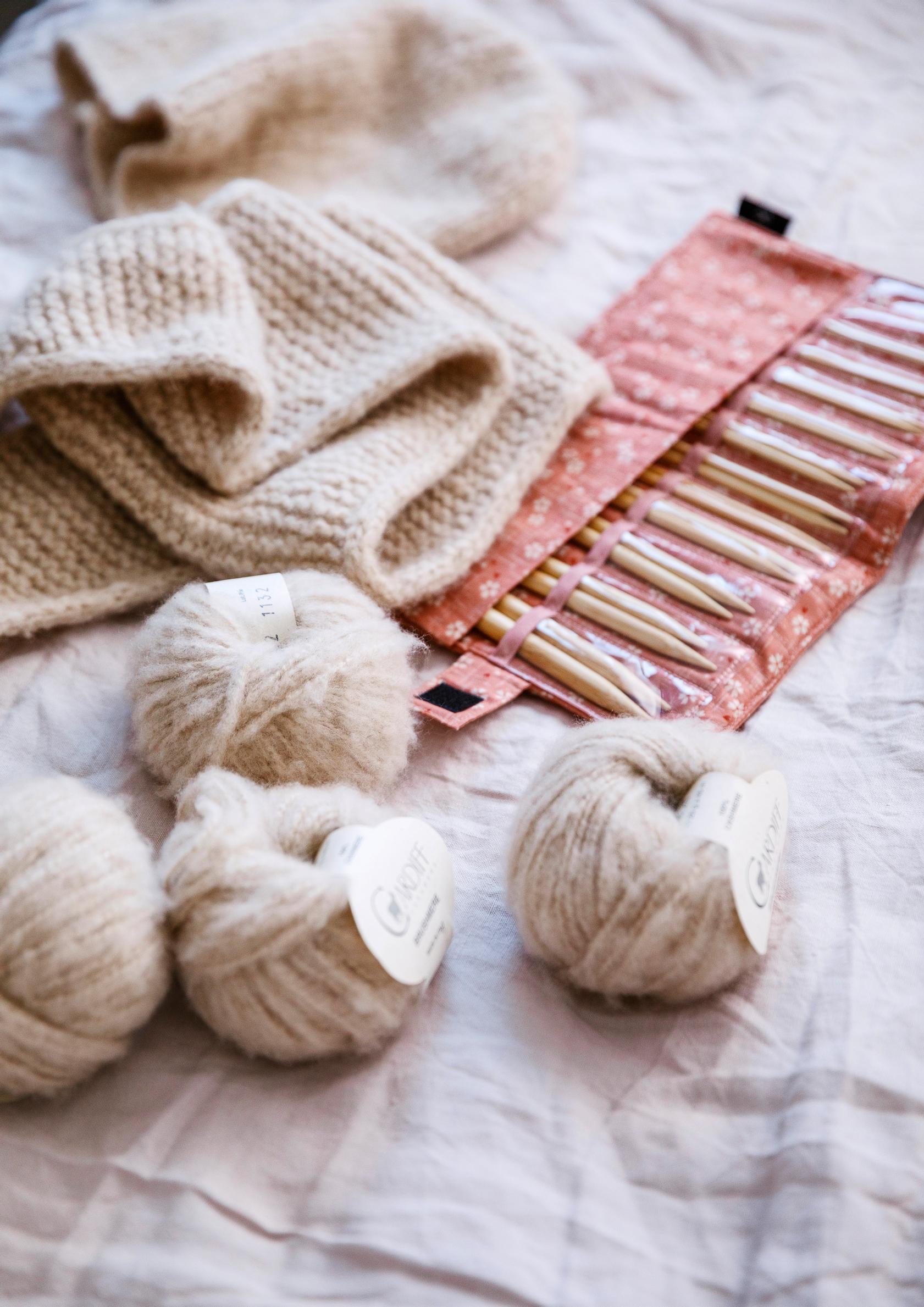
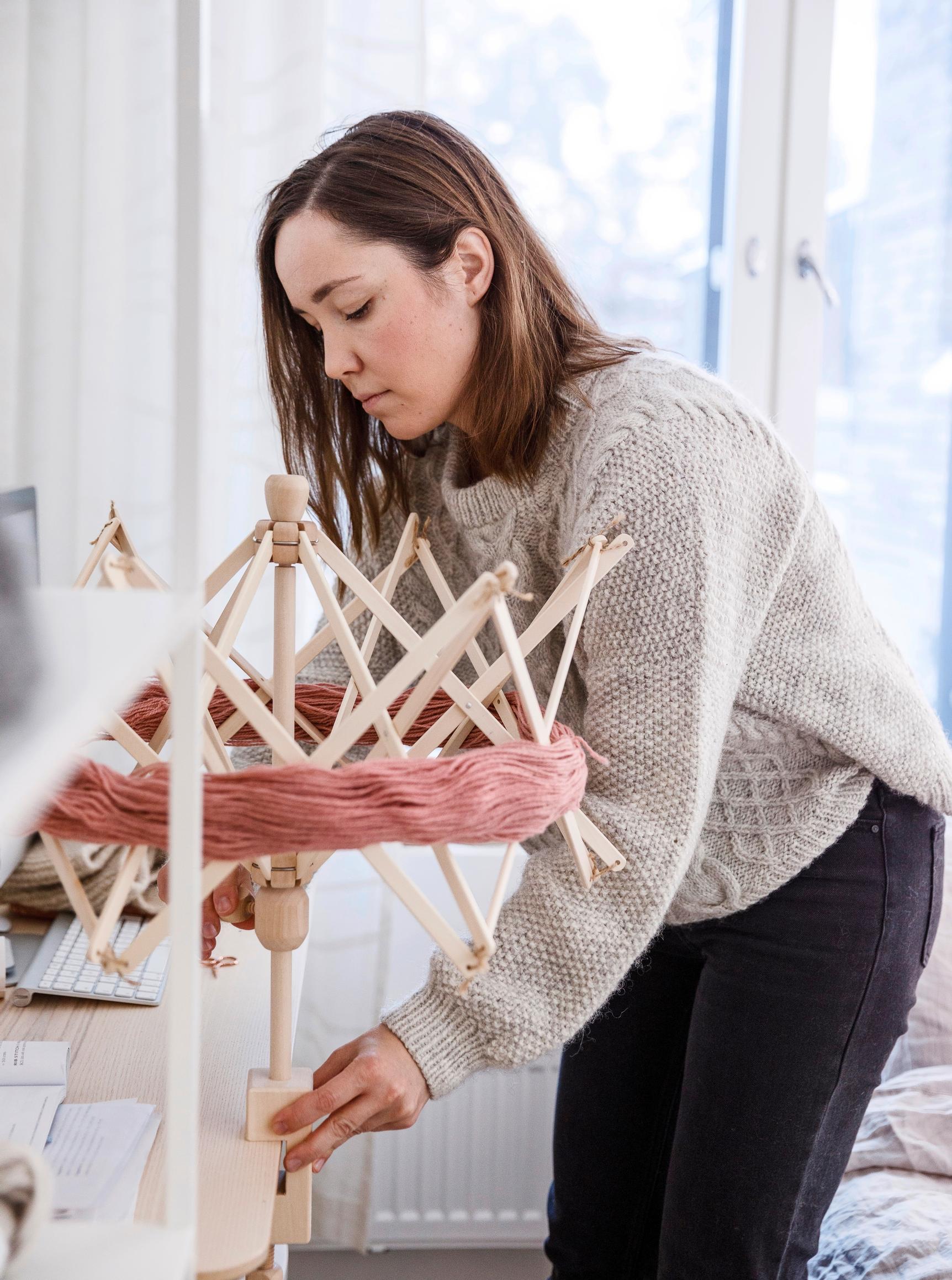
Last summer, I was searching for a very specific striped sweater pattern but couldn’t find the perfect one. Then I saw the live broadcast of a yarn shop where they introduced a new linen yarn in exactly the shades of white and dark blue I had envisioned for my sweater. I was incredibly inspired and ordered the yarn.
I cast on the stitches, began knitting, and entered a flow state where I just knew what my sweater would be like. It turned out wonderfully. I made two of them and wore them all summer.
Sending the pattern to a few knitters for test knitting was incredibly nerve-wracking: what if others couldn’t make my sweater? Luckily, the fear was unfounded. It was an immense feeling of success that I was able to create the garment I had dreamed of and a pattern that allows others to knit it too.
I published the pattern on Ravelry, a community platform for knitters, where I had previously shared some hats and socks I’d designed. The sweater immediately reached the top ten most popular patterns on the day it was released. I was thrilled that the knit drew so much interest. It inspired me to design more of my own patterns in the future.
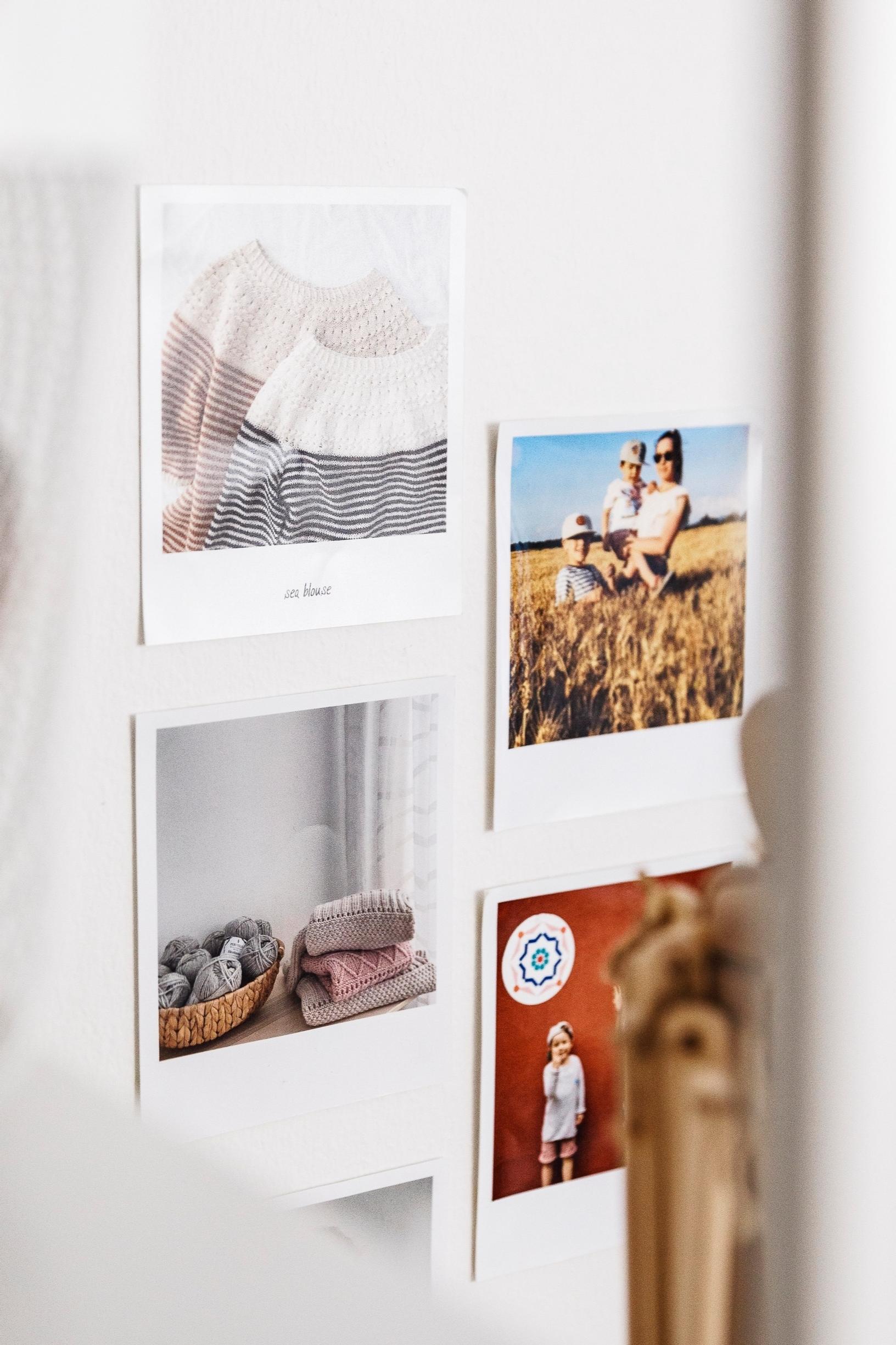
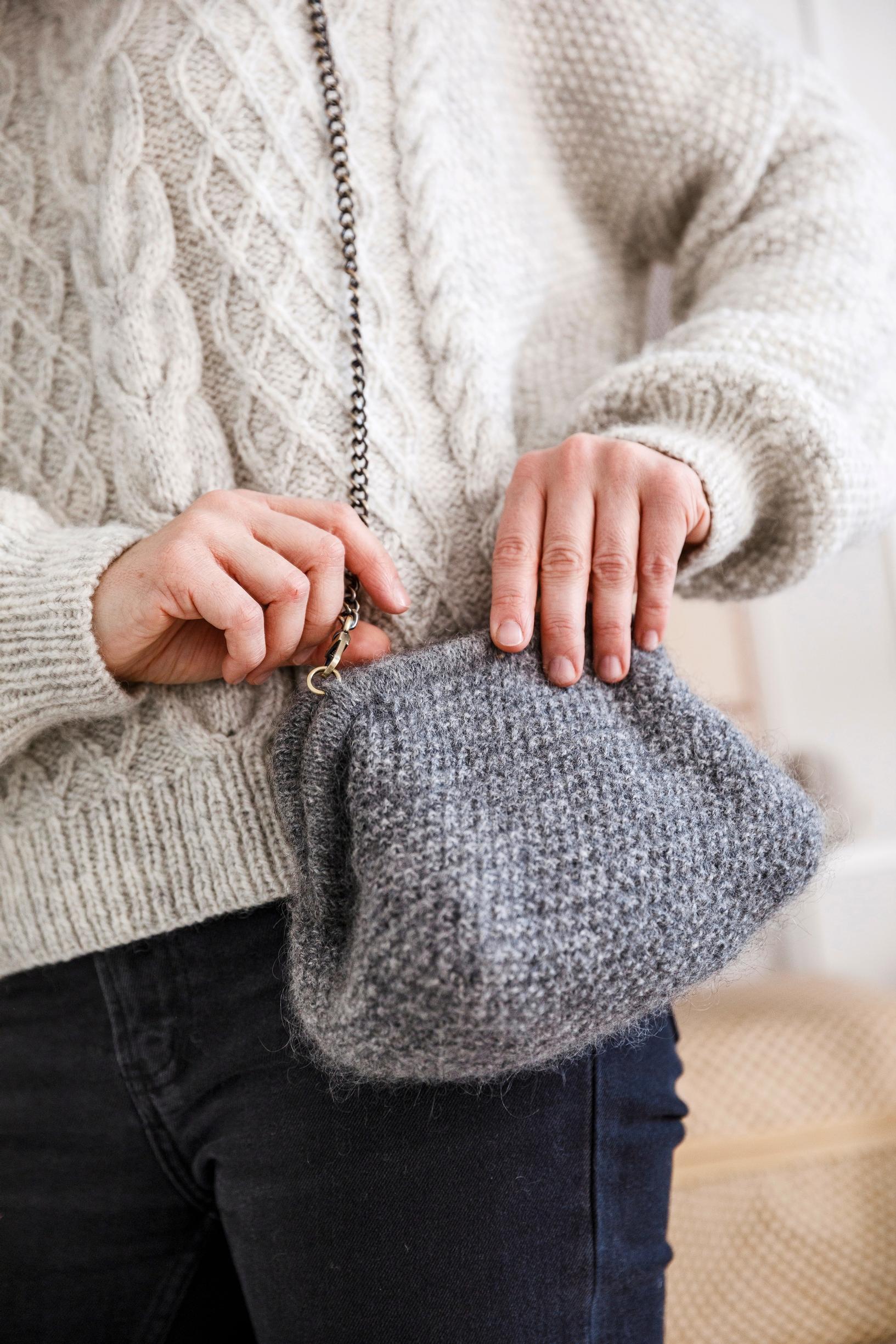
“For some, beige is just beige, but I see so much variation in it. I prefer gray to be as neutral as possible, though.”
I choose yarns based on the season. In the summer, I knit with linen or cotton yarns. On winter days, I like to work with more rugged wool yarn.
I tend to stick to fairly subdued colors. To some, beige may be just beige, but I see so much variation in it. I prefer gray to be as neutral as possible, though, without any hints of yellow or red. Even these small details matter when it comes to my hope that a handmade knit will be my favorite even years from now.”


